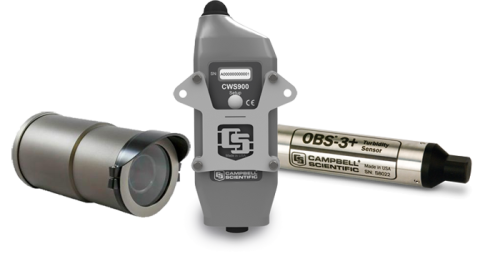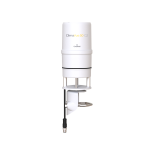
Product Line
Related FAQs
Number of FAQs related to Sensors: 2
-
Whenever possible, purchase a sensor with the desired cable length. Some sensors have a user-specified cable length, whereas other sensors have a set cable length.
Sometimes, an old cable can be replaced with a new, longer cable.
Generally, additional cable cannot be spliced onto the existing cable because:
- Some sensor cables have bridge completion resistors at the pigtail end
- Some sensors are calibrated based on cable length
- Sometimes the color in the insulation is not the same as that visible at the pigtail end
- It is possible to introduce errors or malfunctions depending on the integrity of the splice
Splicing cable together increases the likelihood that water may enter the cable and cause shorting, corrosion, and some other potential issues, which in turn can cause measurement issues.
Because of the potential issues, do not splice any sensor cable without first contacting an application engineer at Campbell Scientific to discuss the sensor in detail.
-
The number of sensors that can be measured is determined by the sensor(s) and the datalogger(s). See the operator's manual for the sensor to determine the channels each sensor uses. The number of analog channels, pulse counting channels, switched excitation channels, digital ports, and continuous analog ports provided by each datalogger can be found in the small datalogger comparison chart and the large datalogger comparison chart.

